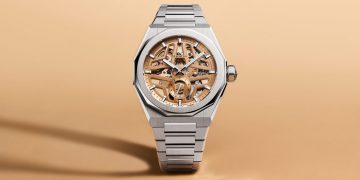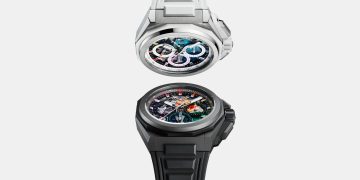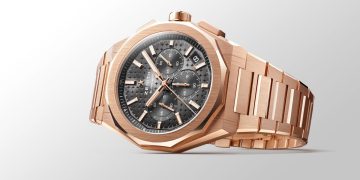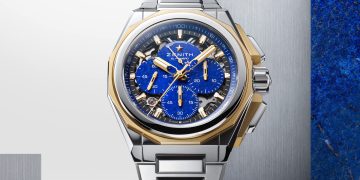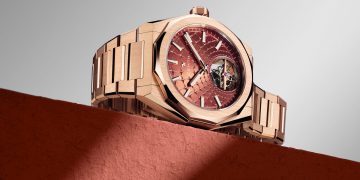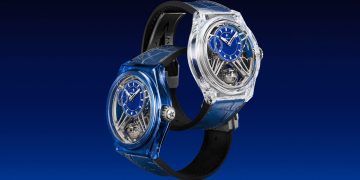Source: Images and content by @ Jaeger LeCoultre.
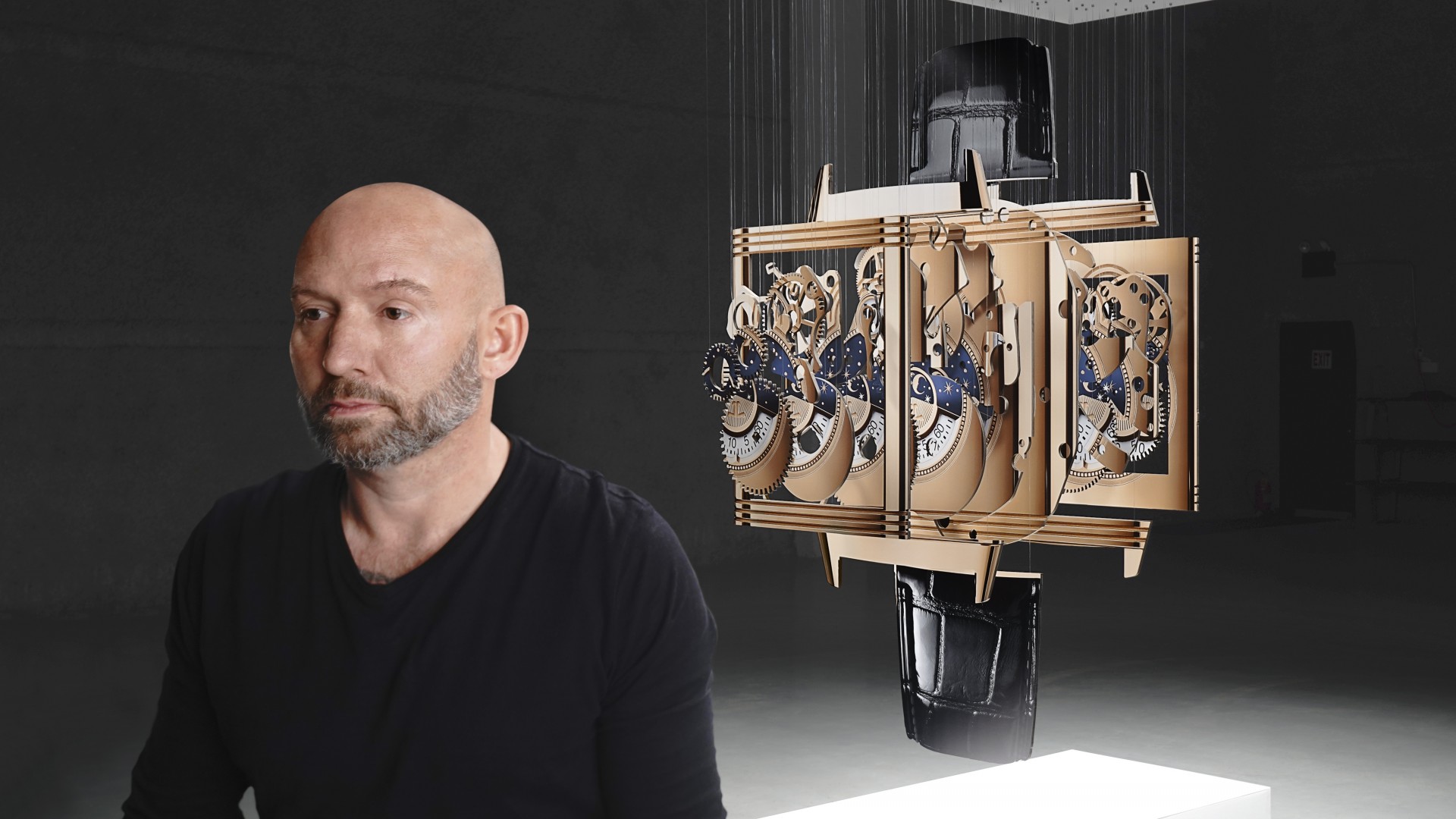
THE ANAMORPHOSIS
Michael Murphy’s main body of work emphasises perspective: his installations require the viewer to change position in order to fully appreciate them. Fusing classical art-making techniques with digital processes and manual skills, he has invented an entirely new formula for rendering two-dimensional images as suspended, three-dimensional mobiles. These anamorphic installations comprise a multitude of objects hanging at various heights and distances. Depending on the viewer’s line of sight, they appear to change form: from a seemingly random and chaotic jumble of shapes they coalesce into a highly organised and recognisable image. Thus, the viewer experiences a perceptual shift, breaking down the barrier between the art medium itself and the subjective experience.
“We are delighted to be collaborating with Michael Murphy. His artistic installation requires extreme precision, a value that we share at Jaeger-LeCoultre. Our watchmakers throw their heart and soul into every ingenious sketch, every oscillation of the balance wheel, every escapement wheel – always pushing the boundaries of precision.” says Catherine Rénier, Chief Executive Officer of Jaeger-LeCoultre.
For this new work, the Maison has collaborated with an artist whose work is often based on images of instantly recognisable cultural icons. “The Reverso has this iconic graphic identity and that’s the type of content that I often work with,” says Michael Murphy.
The timepiece chosen to be represented through Spacetime is the newly released Reverso Tribute Nonantième, which expresses the time in an entirely different manner on each of its faces. The artist immediately saw a parallel between this new Reverso and his anamorphic works, many of which have two distinct sides, showing two entirely different images when viewed from different positions.
“My Reverso design explodes into an array of parts that tell a story about the watch and how it works,” explains Murphy. “I dissected it into all of its working components and composed them in a way that creates two different photographic illusions, one renders the front of the watch and one the reverse.”
The shape of each of the artwork’s 69 components resembles a familiar part of a watch. However, each is photo-printed with different fragments of movement and dial components. These parts appear exactly as in the watch only when they are lined up perfectly, as the viewer walks around the installation.

